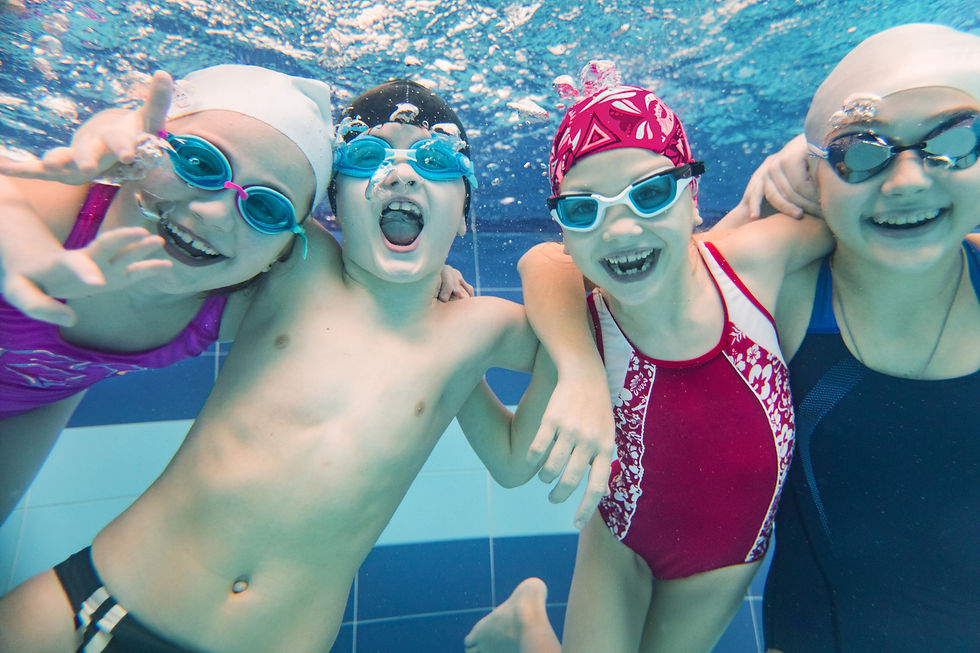What is happening - who and how are people drowning.
- Tanja Kent
- Feb 26, 2020
- 2 min read

Scope of the problem
In 2015, an estimated 360 000 people died from drowning, making drowning a major public health problem worldwide. In 2015, injuries accounted for over 9% of total global mortality. Drowning is the 3rd leading cause of unintentional injury death, accounting for 7% of all injury-related deaths.
Gender
Males are especially at risk of drowning, with twice the overall mortality rate of females. They are more likely to be hospitalized than females for non-fatal drowning. Studies suggest that the higher drowning rates among males are due to increased exposure to water and riskier behaviour such as swimming alone, drinking alcohol before swimming alone and boating.
Access to water
Increased access to water is another risk factor for drowning. Individuals with occupations such as commercial fishing or fishing for subsistence, using small boats in low-income countries are more prone to drowning. Children who live near open water sources, such as ditches, ponds, irrigation channels, or pools are especially at risk.
Flood disasters
Drowning accounts for 75% of deaths in flood disasters. Flood disasters are becoming more frequent and this trend is expected to continue. Drowning risks increase with floods particularly in low- and middle-income countries where people live in flood prone areas and the ability to warn, evacuate, or protect communities from floods is weak or only just developing.
Travelling on water
Daily commuting and journeys made by migrants or asylum seekers often take place on overcrowded, unsafe vessels lacking safety equipment or are operated by personnel untrained in dealing with transport incidents or navigation. Personnel under the influence of alcohol or drugs are also a risk.
Other risk factors
There are other factors that are associated with an increased risk of drowning, such as:
• lower socioeconomic status, being a member of an ethnic minority, lack of higher education, and rural populations all tend to be associated, although this association can vary across countries;
• infants left unsupervised or alone with another child around water;
• alcohol use, near or in the water;
• medical conditions, such as epilepsy;
• tourists unfamiliar with local water risks and features;
Prevention
There are many actions to prevent drowning. Installing barriers (e.g. covering wells, using doorway barriers and playpens, fencing swimming pools etc.) to control access to water hazards, or removing water hazards entirely greatly reduces water hazard exposure and risk.
Community-based, supervised child care for pre-school children can reduce drowning risk and has other proven health benefits. Teaching school-age children basic swimming, water safety and safe rescue skills is another approach. But these efforts must be undertaken with an emphasis on safety, and an overall risk management that includes a safety-tested curricula, a safe training area, screening and student selection, and student-instructor ratios established for safety.
Effective policies and legislation are also important for drowning prevention. Setting and enforcing safe boating, shipping and ferry regulations is an important part of improving safety on the water and preventing drowning. Building resilience to flooding and managing flood risks through better disaster preparedness planning, land use planning, and early warning systems can prevent drowning during flood disasters.
Developing a national water safety strategy can raise awareness of safety around water, build consensus around solutions, provide strategic direction and a framework to guide multisectoral action and allow for monitoring and evaluation of efforts.
.jpg)




Comments